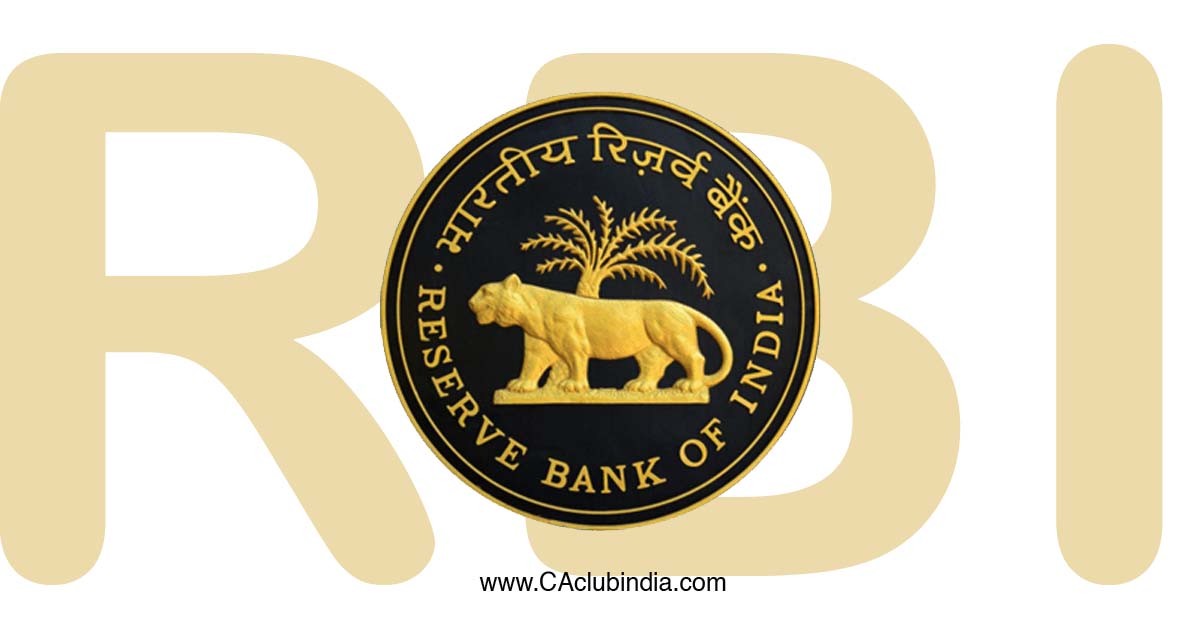In October 2023, the Reserve Bank of India's Monetary Policy Committee decided to maintain the status quo as far as policy rates were concerned. However, the Governor came down hard on the unbridled growth in the unsecured loans portfolio of banks. These loans have grown significantly faster than the overall credit growth in the banking system. The Governor also said that the Banks and NBFCs would be well advised to strengthen their internal surveillance system, address the buildup of risks, if any, and institute suitable safeguards.
On the 15th of November, RBI walked the talk and raised the risk weights on personal loans, credit cards, and loans to NBFCs. The RBI excluded home loans, education, car, and gold loans. The norms which take immediate effect are applicable to both new and outstanding loans.

The Capital to Risk Weighted Asset Ratio is a ratio of the bank's capital to its risk. A higher CRAR means that a bank is in a better position to weather any financial setbacks. The RBI gives a risk weightage to the various types of loans. Typically a secured loan would carry a lower risk weightage than an unsecured loan or credit card.
The bank's risk weight on personal loans was increased to 125%, credit cards to 150% and NBFC's consumer credit exposure to 125%. Moreover, risk weights on bank loans to NBFCs were also increased by 25 basis points.
The RBI's decision was driven by concerns about the rapid growth in retail loans and bank lending to NBFCs which together contributed about 50% of the incremental credit last year. The RBI is concerned about over-leveraging, i.e. taking more loans than what can be serviced and a build-up of NPAs.
The effects of the above steps taken by RBI could be
- The increase in risk weightage means that banks will have to set aside more capital while extending such loans. So banks will have to increase their lending rates to maintain their return on capital.
- The cost of borrowing for NBFCs will go up.
- NBFCs might replace bank funding with the issuance of bonds to the retail debt market.
- The most affected sector will be the fintechs or the digital lenders. Digital loans will become more expensive in the near term and there will be an enhanced screening of the potential borrowers leading to lower approval rates for loans.
- Consumers will have to pay higher interest rates on personal loans. For those with a relatively lower credit score, the interest rates would be higher or loans would be denied.
- In the short term, the Capital Adequacy Ratio of Indian banks would come down by 60 to 80 basis points. However, most of the banks are well-capitalized and there would be no immediate requirement to raise fresh capital.
- It could also affect the sales of consumer durable items like mobiles, televisions, etc. since customers will have to pay a higher EMI on their loans.
How Personal Loan Rates Stack Up
|
Lenders |
Interest Rate (% Per Annum) |
EMI (Loan amount- 25 lakh; Tenure - 5 years) |
|
HDFC Bank |
10.50* |
10,747* |
|
Tata Capital |
10.99* |
10,869 |
|
State Bank of India |
10.55-14.55 |
10,759-11,777 |
|
ICICI Bank |
10.50* |
10,747* |
|
Bank of Baroda |
10.80-18.25 |
10,821-12,765 |
|
9Axis Bank |
10.49* |
10,744* |
|
Kotak Mahindra Bank |
10.99* |
10,869* |
|
Bank of India |
10.25-14.75 |
10,685- 11,829 |
|
Canara Bank |
10.65-15.65 |
10,784- 12,066 |
|
Punjab National Bank |
10.40-16.95 |
10,772-12,413 |
|
HSBC Bank |
9.99-16.00 |
10,621-12,159 |
|
Federal Bank |
11.49* |
10,994* |
|
Union Bank of India |
11.40-15.50 |
10,971-12,027 |
|
Bajaj Finserv |
11.00 |
10,871* |
|
Punjab & Sind Bank |
10.15-12.80 |
10,660-11,325 |
Rates as of November 15, 2023;
Source: Paisabazaar.com *onwards








 CAclubindia
CAclubindia
